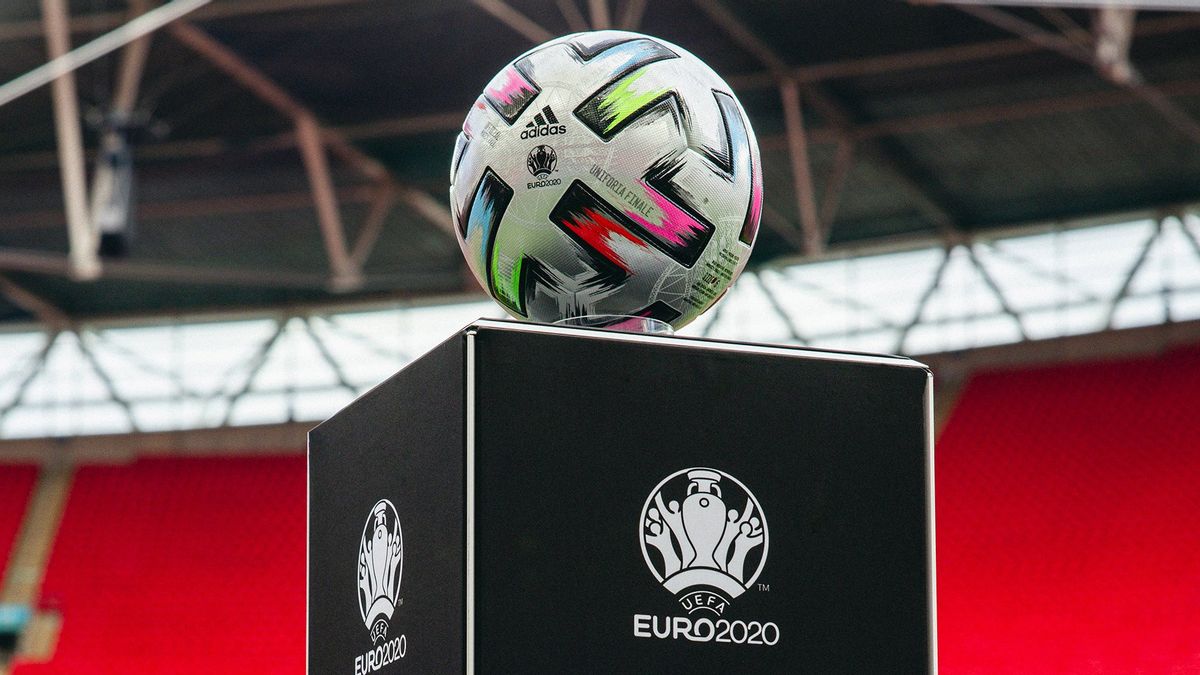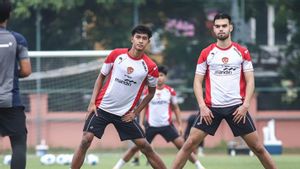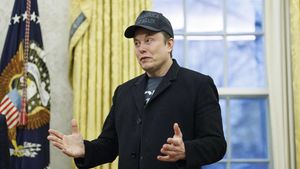JAKARTA - Four teams headed to London for the final week of Euro 2020. Apart from promising fierce battles, Reuters said the two semifinal matches presented a battle between different football styles and interesting tactical approaches.
While football has its own ideologues, who insist that a certain approach is the right way to play this game, the four teams are proof that there really isn't a single formula for success.
In a different way from each other, as reported by Antara, this quartet also illustrates how the national teams break away from their distinctive style which is the stereotype that sticks with them and reappear in various comments about major tournaments.
Who do you want to be crowned EURO 2020 winners? Italy🇪🇸 Spain🏴 England🇩🇰 Denmark #EURO2020
— UEFA EURO 2020 (@EURO2020) July 4, 2021
Italy underwent a transformation under Roberto Mancini into a team that played high-energy football, pressing, chasing as many attacks as they could once they won the ball.
Lazy cliches about catenaccio that refer back to the defensive style of more than half a century ago that have long been considered outdated, are completely irrelevant when watching Mancini's team.
Italy's love of defense is still evident in the performances of Giorgio Chiellini and Leonardo Bonucci but the system is built on a high energy approach with the two wing-backs overlapping maneuvers and the clever use of deep channels where Lorenzo Insigne and Federico Chiesa link up very well with the centre-forwards. Ciro Immobile.
This is a fast, positive and entertaining brand of football backed by Italian players who looked the freshest and fittest in the tournament.
In contrast, their opponents in Tuesday's semi-finals, Spain, are closer to their signature national style, shaped during the tiki-taka era when they won Euro 2008 and 2012 with 2010 World Cup success between them.
But while possession remains at the core of their footballing philosophy, their way of playing changed greatly under Luis Enrique's era.
The Spain he coached continued to have a monopoly on the ball, including a record passing during the tournament with 917 passes against Sweden while maintaining 85 per cent of possession, but his team were more intense than their predecessors and moved more quickly, with the coach frequently speaking of the need to verticidad or direct attack.
He adopted the same 4-3-3 formation he used when he was in charge of Barcelona and prefers a more attacking system than former boss Vicente del Bosque who famously played without a striker for most of Euro 2012.
Energetic forwards, hardworking, strong defence, were key to Luis Enrique's approach, which explains his persistence in defending Alvaro Morata who often missed chances.
creative footballOn the continent, stereotypes of English football have always focused on commitment and work ethic and direct physical style, but that view is also outdated.
Indeed, the Three Lions enter this tournament with an array of skilled attacking midfielders and wingers who have the potential to play fast, fluid and creative football.
Manager Gareth Southgate was cautious and pragmatic by nature, playing two defensive midfielders in Declan Rice and Kalvin Phillips behind Raheem Sterling's trident on the left, Harry Kane in the middle and the right wing alternately filled with different players.
A 4-0 win over Ukraine in Sunday's quarter-finals in Rome saw England play free and frantic once they took a two-goal lead. It will be interesting to see if they will adopt that approach in Wednesday's semi-final against Denmark or if they return to the careful game control they showed against Germany in the previous round.
The English style is perhaps best described as a mix of a solid defensive structure and possession priority where creativity is largely left to the front three.
Denmark has always created more progressive football than its simpler Scandinavian neighbours and Kasper Hjulmand's side owe a lot to their front three for the success they have had so far.
Martin Braithwaite created space which was well exploited by Mikkel Damsgaard and Kasper Dolberg, while full-backs Jens Stryger Larsen and Joakim Maehle stepped up to add attacks from wide.
As with England, there is solidity in the midfield where Pierre-Emile Hojbjerg and Thomas Delaney are anchors.
Whoever advances to Sunday next week, beware of anyone claiming the results suggest a certain style of football that is now the way to go.
Euro 2020 has shown that there is no dominant tactical model for success.
The English, Chinese, Japanese, Arabic, and French versions are automatically generated by the AI. So there may still be inaccuracies in translating, please always see Indonesian as our main language. (system supported by DigitalSiber.id)









